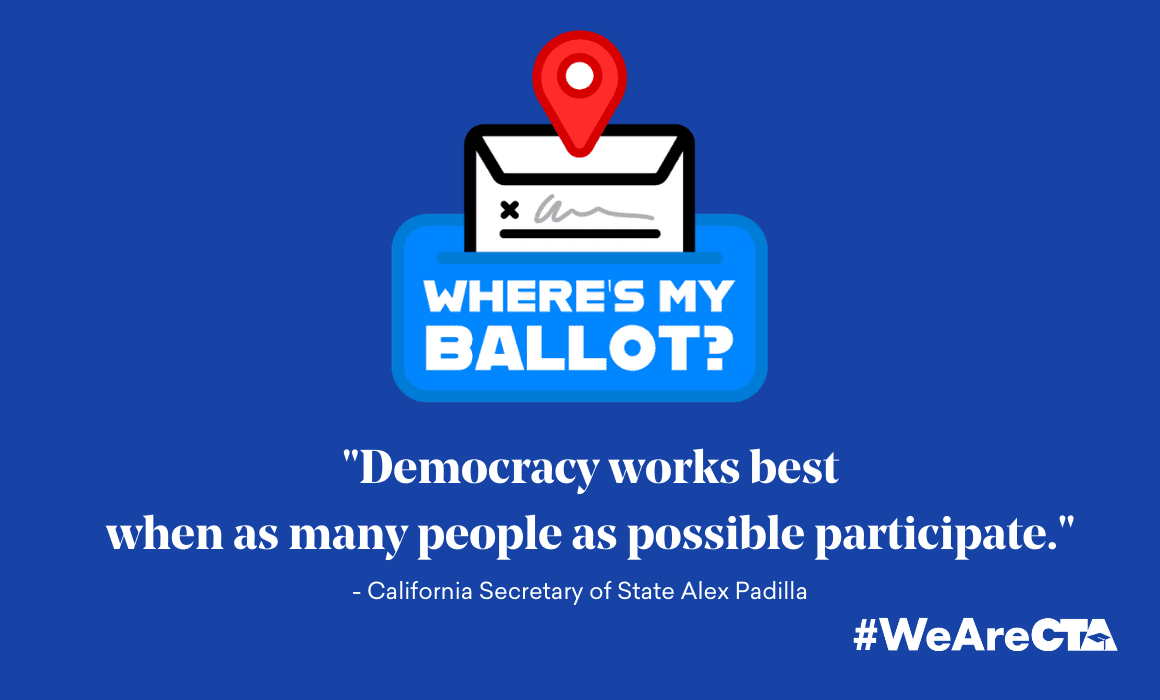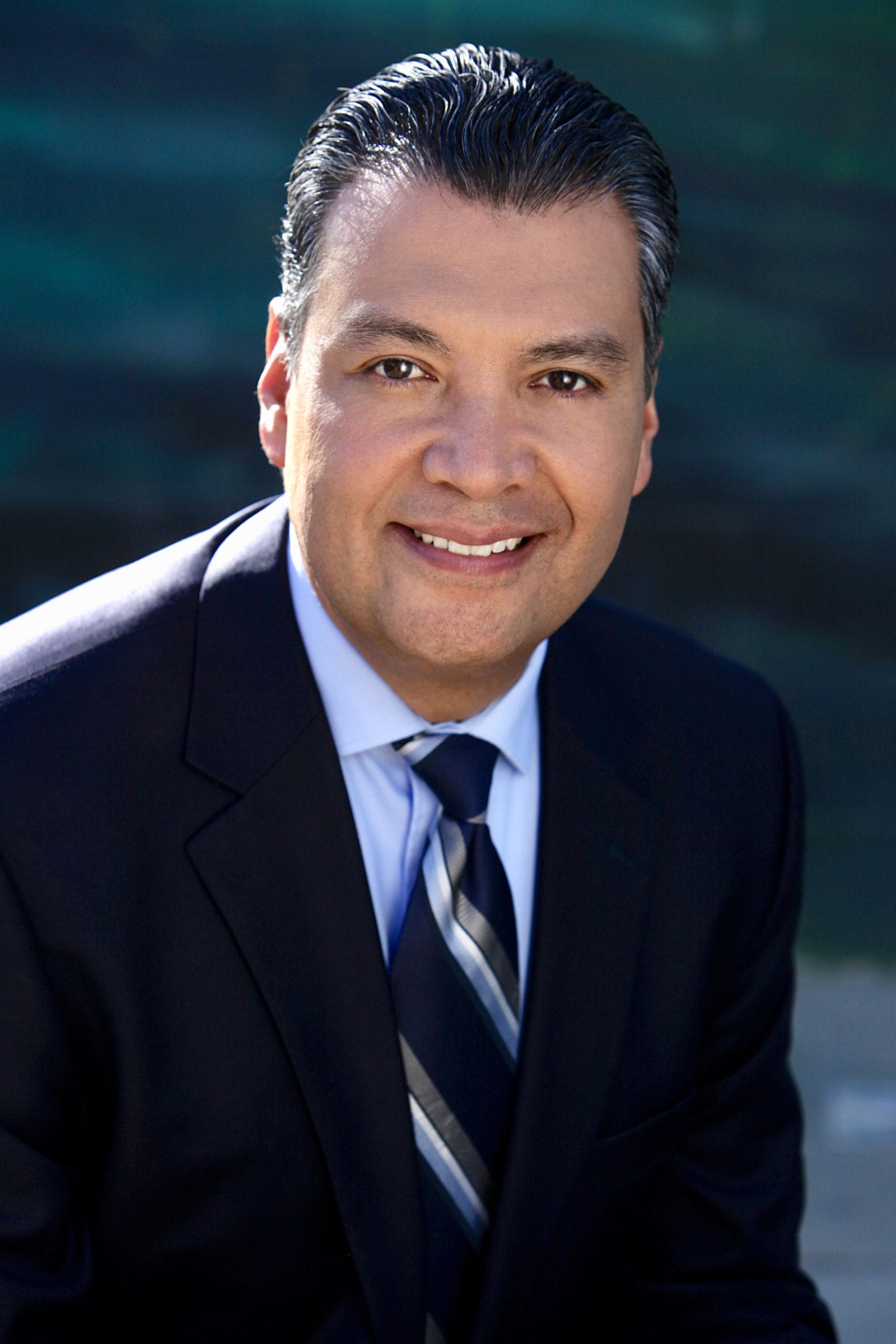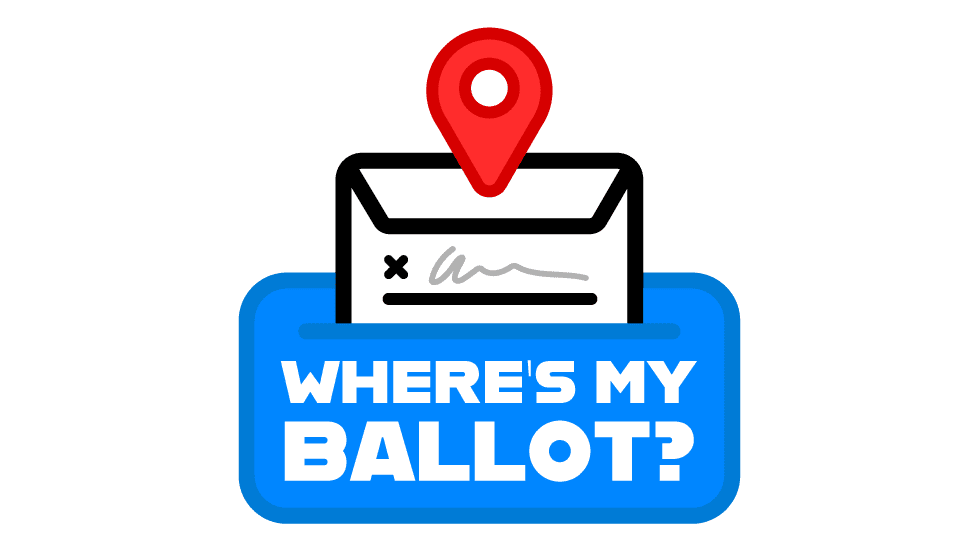
When the extent of the COVID-19 threat became apparent in March, state officials sprang into action to ensure the November election would be safe, secure and accessible. With every registered voter in California receiving a mail-in ballot to vote safely from home, we spoke with Secretary of State Alex Padilla about this unique election and everything being done to protect voters, election workers, and our very democracy.

Alex Padilla
What should voters know about pandemic-related changes to the Nov. 3 election process?
AP: The big lesson here is our democracy is resilient, and this year is no different. It requires all of us to do our part. There was a question of whether elections should be postponed, and the answer was no. We have often voted in times of crisis, and this election will be no different. When we got stakeholders around the table, we realized that a lot of policies that increase voter registration and access make even more sense during a pandemic. Vote-by-Mail (VBM) has been very popular — 70 percent of ballots cast in the March primary were by mail. There’s no more convenient and safe way than to cast our postage-paid ballot from home. We’re also working with all 58 counties to have drop-off locations and as many in-person options as safely possible.
Many California voters are unfamiliar with VBM. What should they know and what can they do to help make this unique election successful?
AP: VBM is nothing new. It’s proven to be successful, convenient and secure. Voting by mail is the safest option for casting your ballot this election. There are a lot of security measures in place to protect the integrity of the VBM process, including special paper and distinguishing characteristics on ballots, signature checks by county registrars of voters, and bar-coded return envelopes that allow officials and voters to track ballots. All ballots postmarked by Election Day will be counted, and we have extended the time they can arrive by 17 days to allow for potential delays in the mail. We don’t want anyone losing their right to vote because of something out of their control.
Tell us about the state’s new ballot tracking tool, ‘Where’s My Ballot?,’ and why it’s so important for this election.
 AP: We had ballot tracking in some counties prior to this, but we decided to expand it to all 58 with the COVID pandemic. Voters can register online (WheresMyBallot.sos.ca.gov) and receive notifications when their ballot has been sent, when the county receives it, even when their vote is counted. This new service increases transparency, security and peace of mind for voters — and 750,000 have signed up already (as of early September). Democracy works best when as many people as possible participate. We’re doing everything we can to increase this participation and the voter confidence fundamental to American democracy.
AP: We had ballot tracking in some counties prior to this, but we decided to expand it to all 58 with the COVID pandemic. Voters can register online (WheresMyBallot.sos.ca.gov) and receive notifications when their ballot has been sent, when the county receives it, even when their vote is counted. This new service increases transparency, security and peace of mind for voters — and 750,000 have signed up already (as of early September). Democracy works best when as many people as possible participate. We’re doing everything we can to increase this participation and the voter confidence fundamental to American democracy.
What would you like to say to the educators teaching about civics and democracy to provide the foundation for students to become tomorrow’s leaders?
AP: First, thank you to all educators, because we know it’s not easy and important as ever. I am inspired by student-led voter registration programs throughout the state and working to get their peers informed and involved. I know that it’s teachers in the classroom supporting these students every day to be leaders. My parents never talked about voting at the dinner table because they weren’t citizens and couldn’t vote. I think about young people all over the state who have this same experience. The support of an educator who teaches the importance of voting can have a huge impact on students getting registered and voting when they are eligible. When I turned 18, it was my high school American government teacher who registered me to vote.